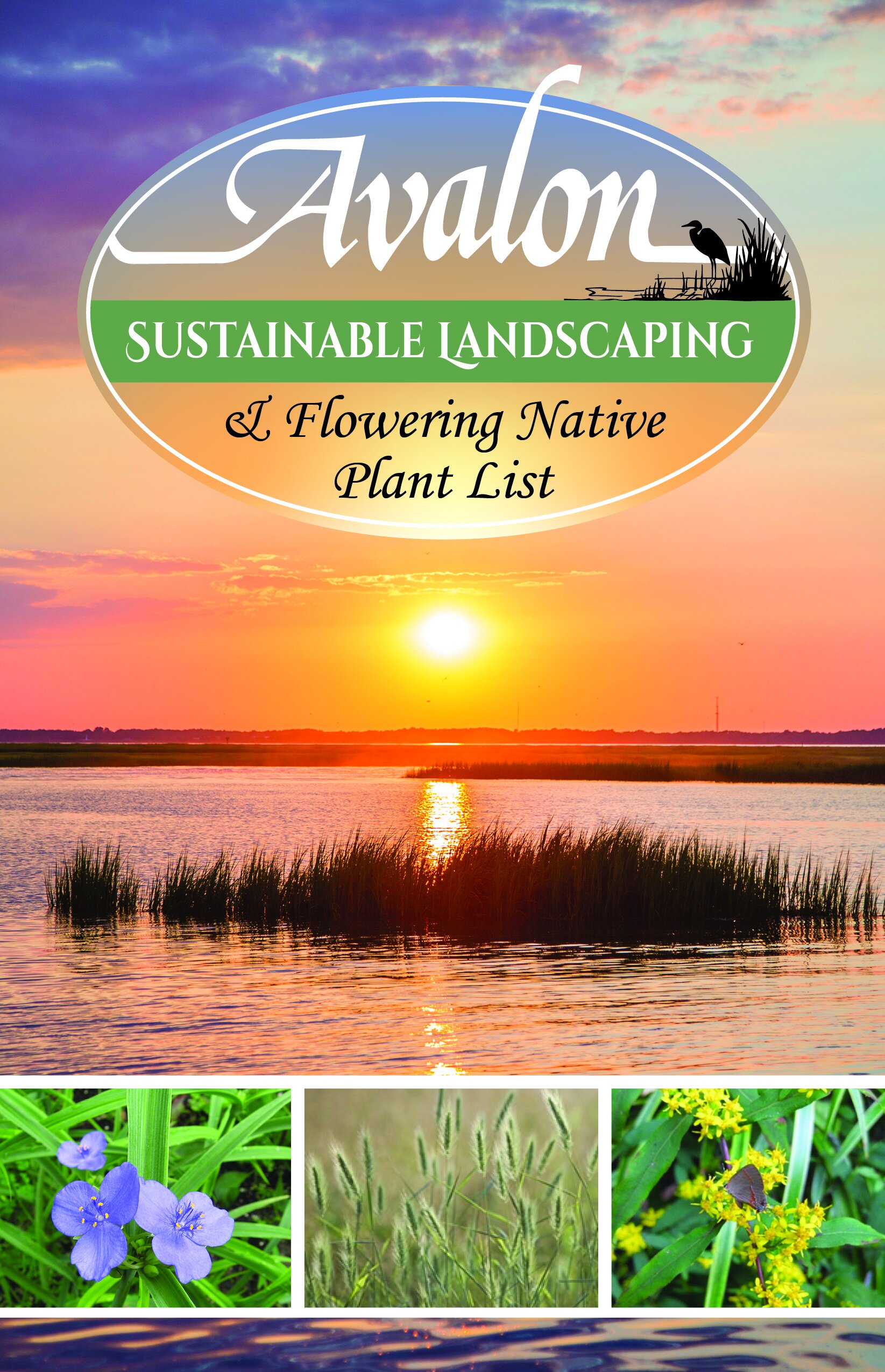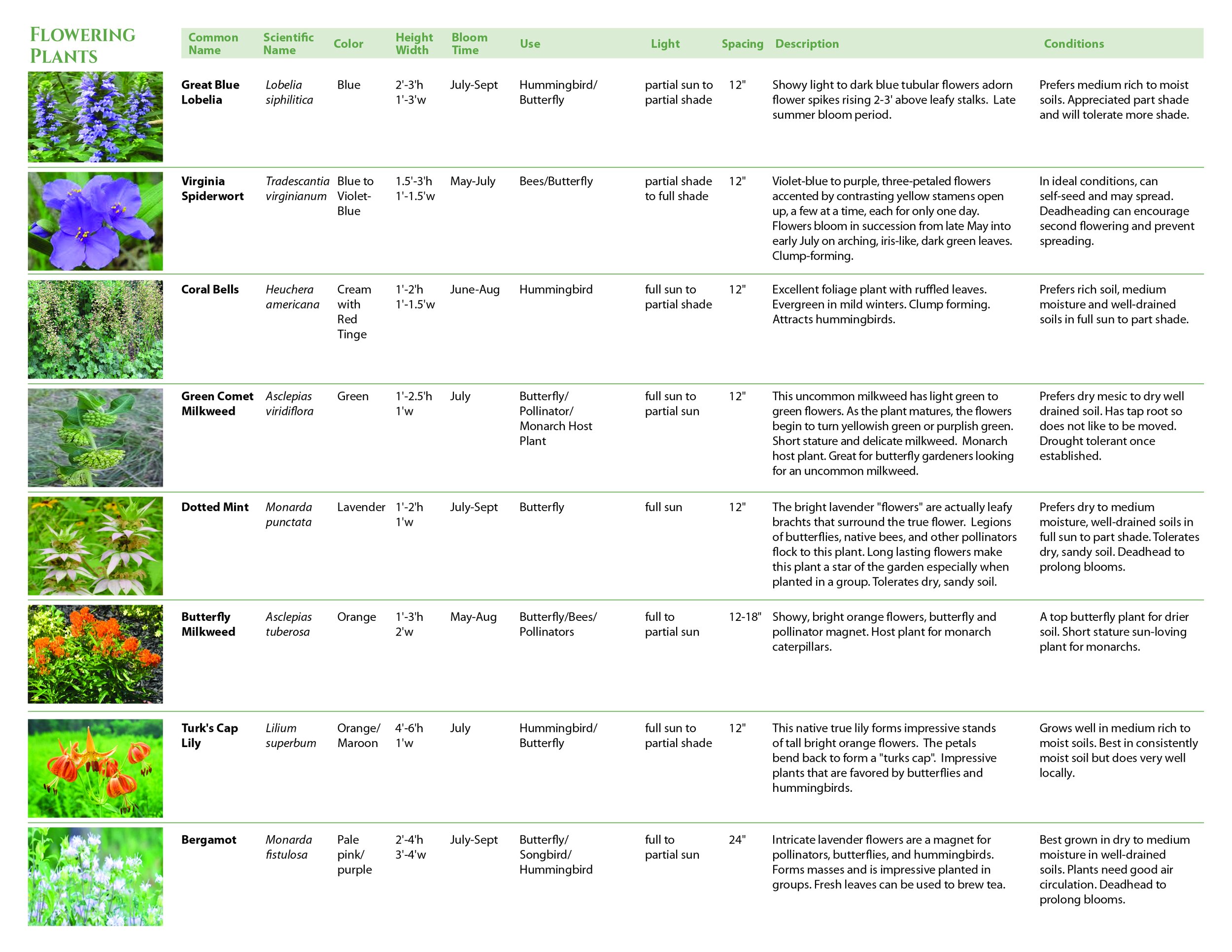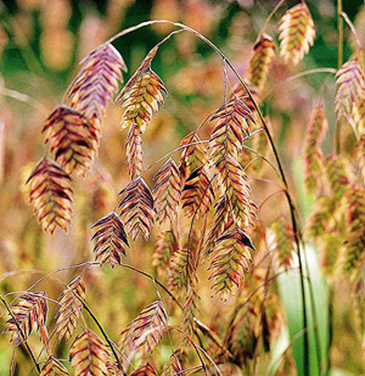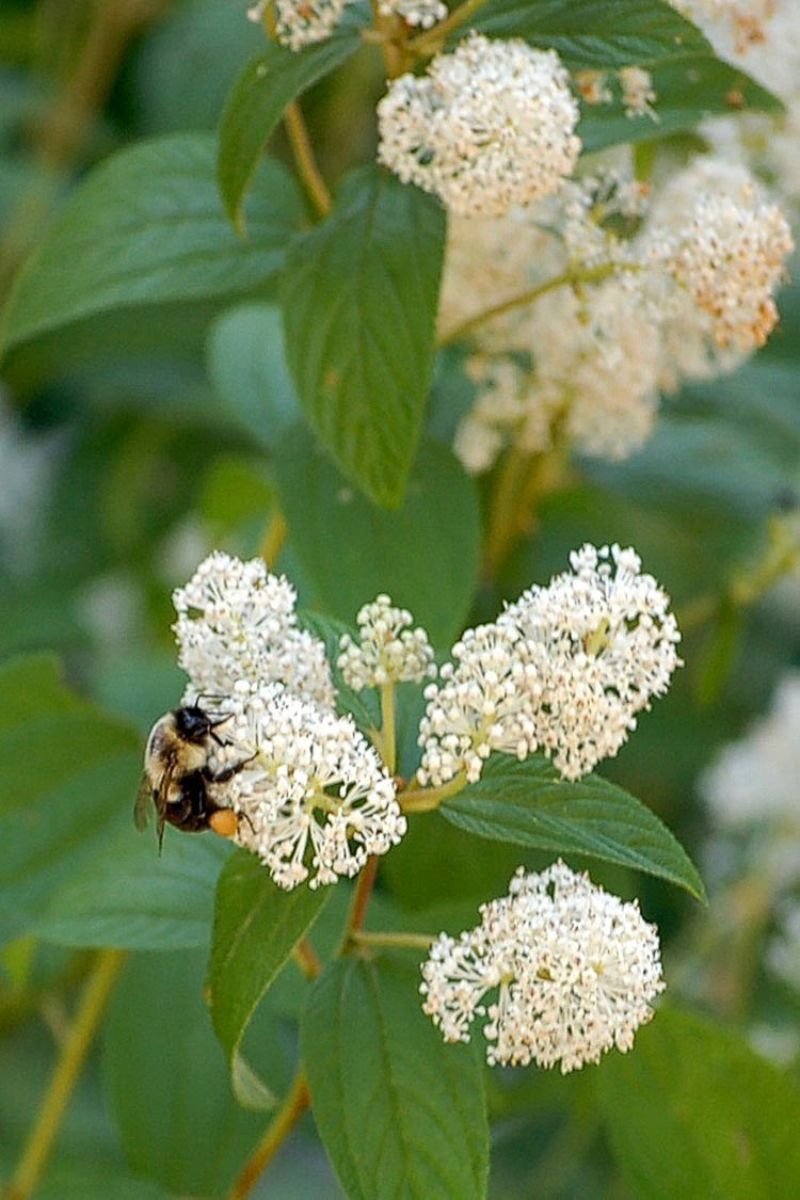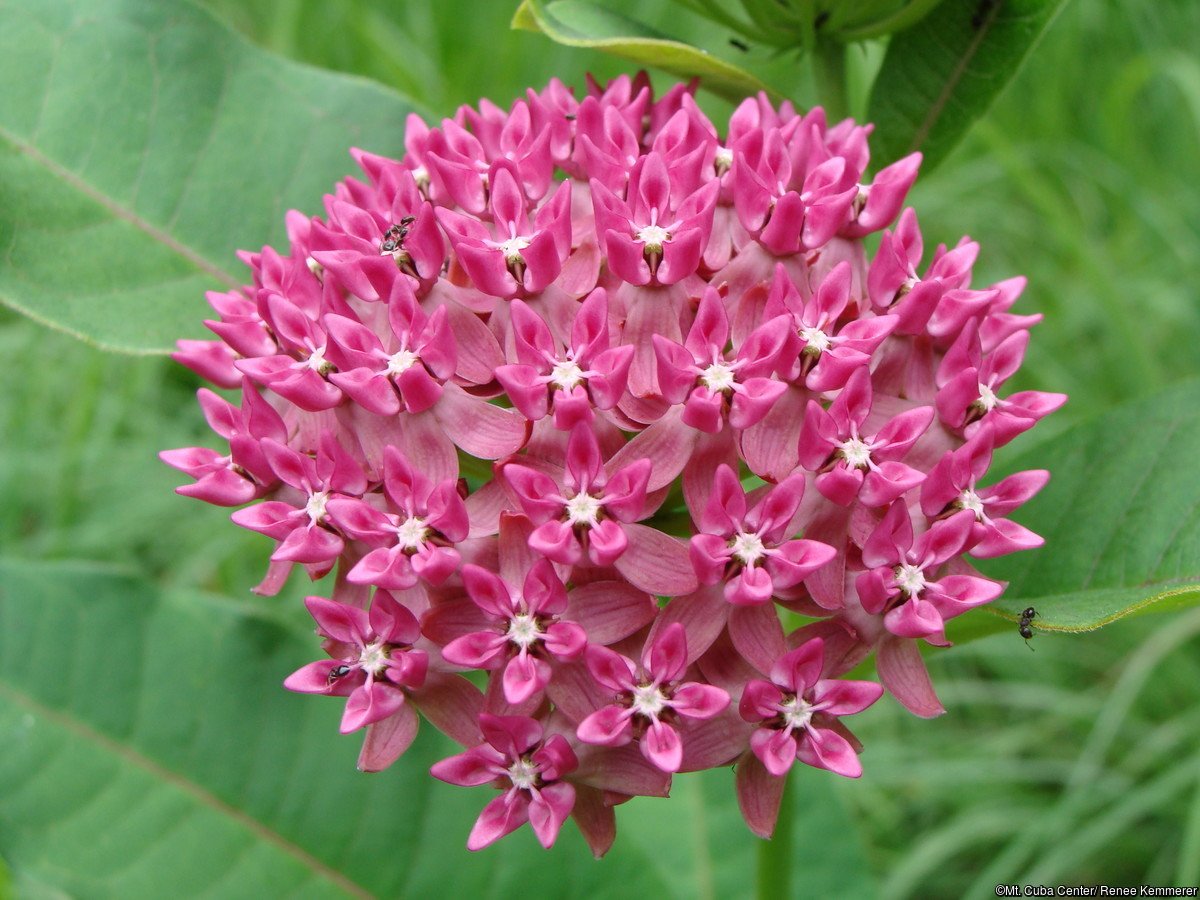Plant Wisely: Brochure Spells Out Which Ones Thrive Here and Help Our Environment
You’re obviously familiar with the adage of trying to fit a square peg in a round hole. That’s what it’s like sometimes when we try to introduce some new, non-native plants or species into the environment of a barrier island, like here, on the Seven Mile Beach. Even worse when a species is invasive in nature and causes long-term harm to our environment. You might be surprised to find out how often this occurs.
Always well intentioned, typically a homeowner, or a landscaper on their behalf, is simply trying to beautify a garden or yard, only to learn that the harsh environment of a barrier island makes it difficult for many non-native plants to survive, yet alone thrive.
In response, the Avalon Environmental Commission has prepared a new educational booklet which will be introduced first at the Borough’s Community Connections event on April 8th. It’s entitled Sustainable Landscaping and Flowering Native Plant List. According to Donna Rothman who is the chairperson of the Avalon Environmental Commission and the driving force behind this project, “We’re hoping to help educate both homeowners and landscapers while encouraging them to follow sustainable practices,” she said. “It’s been difficult to find all of this information in one place,” she added. “This booklet was produced specifically for Avalon and the Seven Mile Beach.”
It’s important that everyone understand that native plants are part of the balance of nature having developed over time to a particular region and its conditions. They are well adapted to thrive with much less interference and require less or no watering, fertilizing or treatment for pests. Native plants’ roots also hold soil in place aiding in the filtration of rainwater. This also helps decrease the amount of chemicals that flow into our waterways and aquifer.
“The Avalon Environmental Commission has developed this native plant list to guide homeowners in the selection of native flowering plants and grasses that will protect and enhance the environment,” explained Rothman. “Incorporating native plant species into our home or business landscaping plans benefits the entire ecosystem and helps to sustain this beautiful barrier island that we call home.”
The 16-page full color booklet, which is available free of charge, is packed with great sustainable landscaping tips, a comprehensive list of native flowering plants as well as suggestions as to where those plants might be available. The booklet will be available at multiple locations throughout Avalon, including Borough Hall. It will also be available in a readable file and a downloadable PDF on the Avalon Environmental Commission’s website (Complete plant lists for native trees, shrubs, living fences and dune vegetation may also be found on the website)
“We appreciate the desire of our homeowners to beautify the island,” Rothman added. “We also understand that many of them employ the services of local landscapers. It’s important that homeowners communicate their desire for sustainable landscaping and the use of native species to their respective landscapers.”
With everyone doing their part Avalon will not only be cooler by a mile, but maybe also a little greener too.
Visit the Avalon Environmental Commission website to access the downloadable booklet and complete lists of the following:
Plants, shrubs and trees appropriate for Avalon
Flowering native plants
The Avalon list of Invasive Nuisance Plants


